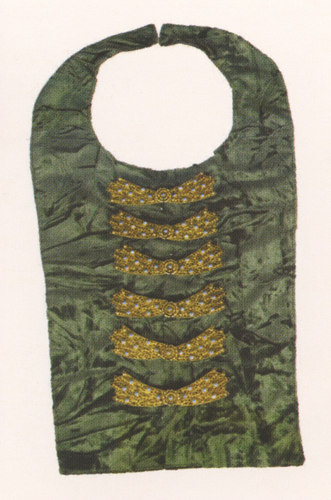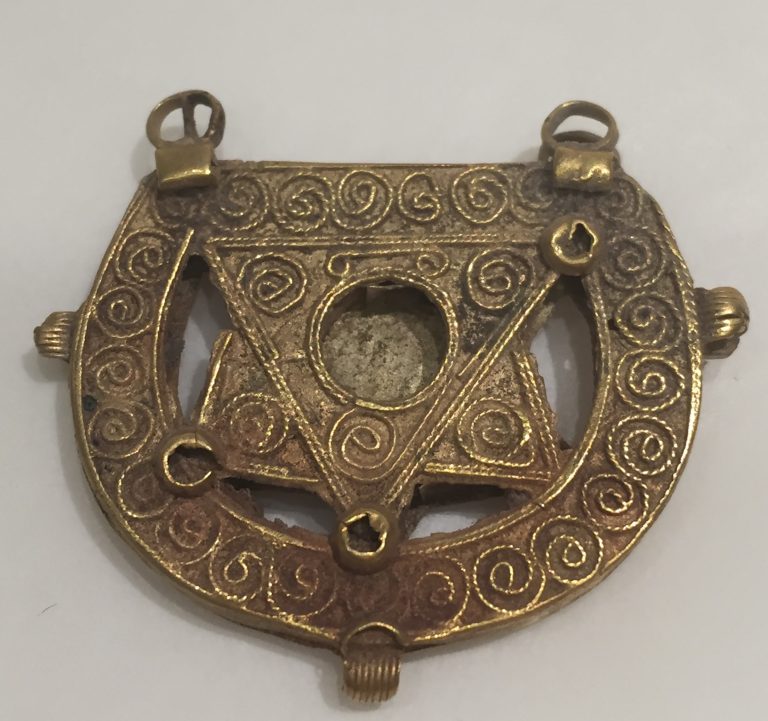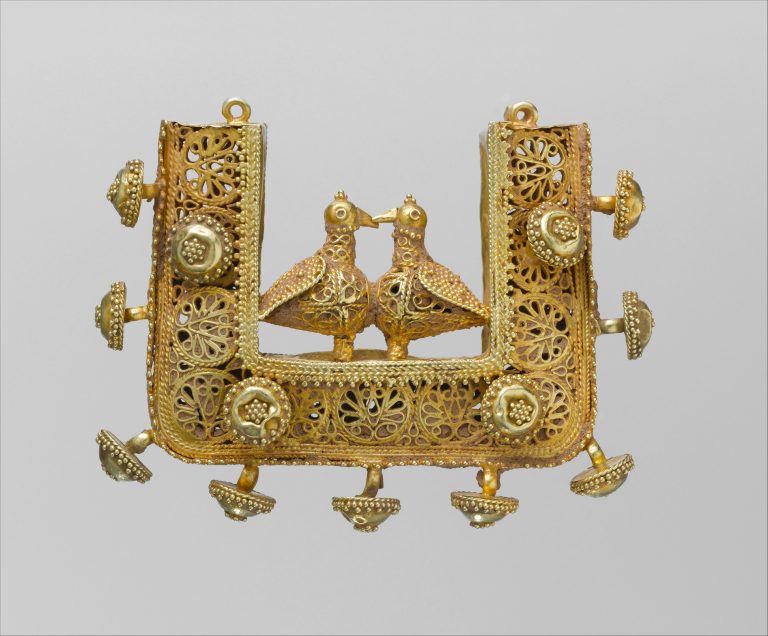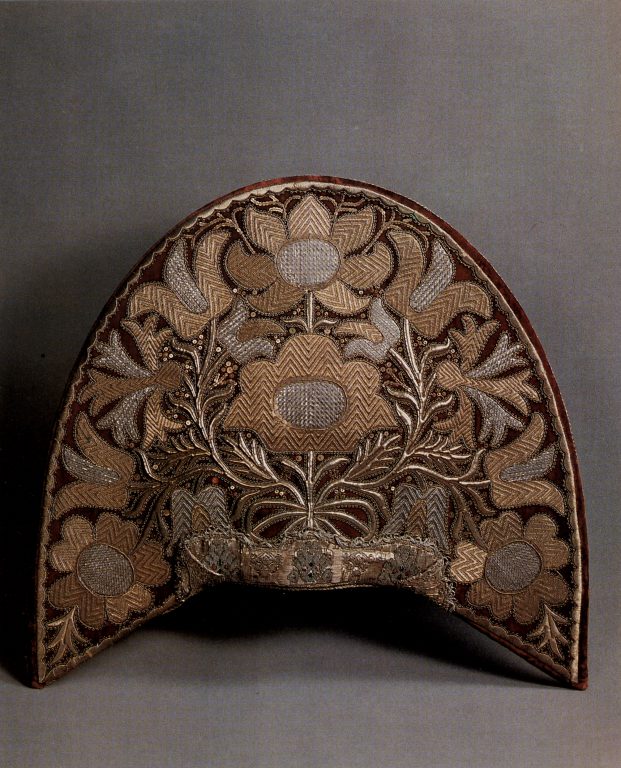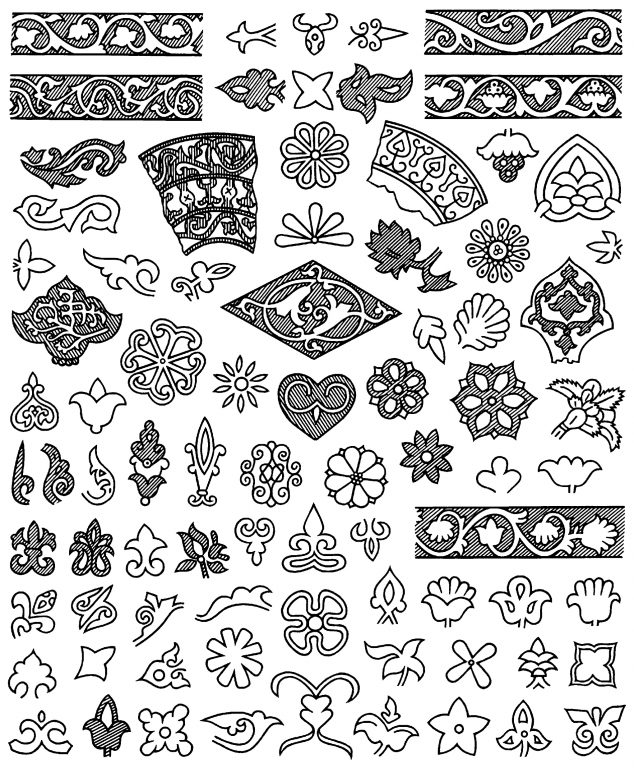

-
Objectheadwear: Crown
-
Type of arts & crafts
-
MediumGold, repoussГ© and chased; emeralds
-
Size13 1/2 in. (34.3 cm) Body diameter: 13 1/4 in. (33.7 cm)
-
Geography detailsMade in
South America -
Country today
-
DateCa. 1660 (diadem) and ca. 1770 (arches)
-
CultureColombian; PopayГЎn
-
Type of sourceDatabase “Metropolitan Museum of Art”
-
Fund that the source refers toMetropolitan Museum of Art
-
Spaniards arriving in sixteenth-century South America encountered a rich and complex indigenous tradition of gold working that had developed over the course of millennia. Many, if not most, Precolumbian works in gold were melted down in the sixteenth and seventeenth centuries, their precious metal repurposed for new religious and secular leaders both in Spain and the Americas.
This crown was made to adorn a sacred image of the Virgin Mary venerated in the cathedral of Popayán (Colombia). A symbol of the Virgin’s divine queenship, the crown is encircled by golden vinework set with emerald clusters in the shape of flowers, a reference to her purity. The diadem is topped by imperial arches and a cross-bearing orb that symbolizes Christ’s dominion over the world.
Although the practice was controversial, it was common to bestow lavish gifts, including jewels and sumptuous garments, on sculptures of the Virgin Mary. To gain salvation, the faithful sought her intercession and worked to honor her and increase the splendor of her worship. At the same time, the crown represents one of the most distinctive artistic achievements of a region whose wealth derived from the mining of gold and emeralds.





